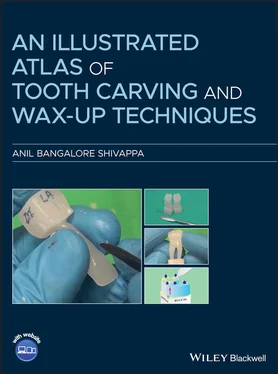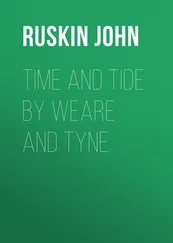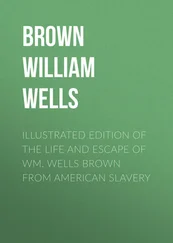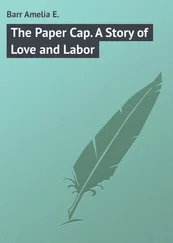
Figure 1.1 Dental formula for deciduous dentition.

Figure 1.2 Dental formula for permanent dentition.
Tooth Notation
Universal System
In the universal system for primary dentition ( Figure 1.3) uppercase letters are used starting from A through J (starting from the right maxillary second molar to the left maxillary second molar) for maxillary teeth and from letters K through T (beginning from the left mandibular second molar ending at the right mandibular second molar) for mandibular teeth [2].
In the universal notation system for permanent dentition ( Figure 1.4), numbers from 1 through 32 are used for the full set of teeth. The maxillary teeth are numbered from 1 through 16 (beginning from the right maxillary third molar as tooth no. 1 ending at the left maxillary third molar as tooth no. 16). Mandibular teeth are numbered from 17 through 32 (beginning from the left mandibular third molar as tooth no. 17, ending at the right mandibular third molar as tooth no. 32) [2].
Zsigmondy Palmer Notation
In this system both the maxillary and mandibular arches are divided into two quadrants, so that there are a total of four quadrants in the oral cavity, each quadrant with a set of teeth as follows [2, 3]:

Figure 1.3 Universal system for primary dentition.

Figure 1.4 Universal system for permanent dentition.
In each quadrant capital letters are used to denote teeth, from A (for central incisor) to E (for second molar); see Figure 1.5[2].
In each quadrant, numbers are used to denote teeth from 1 (for central incisor) to 8 (for third molar); see Figure 1.6[2, 3].
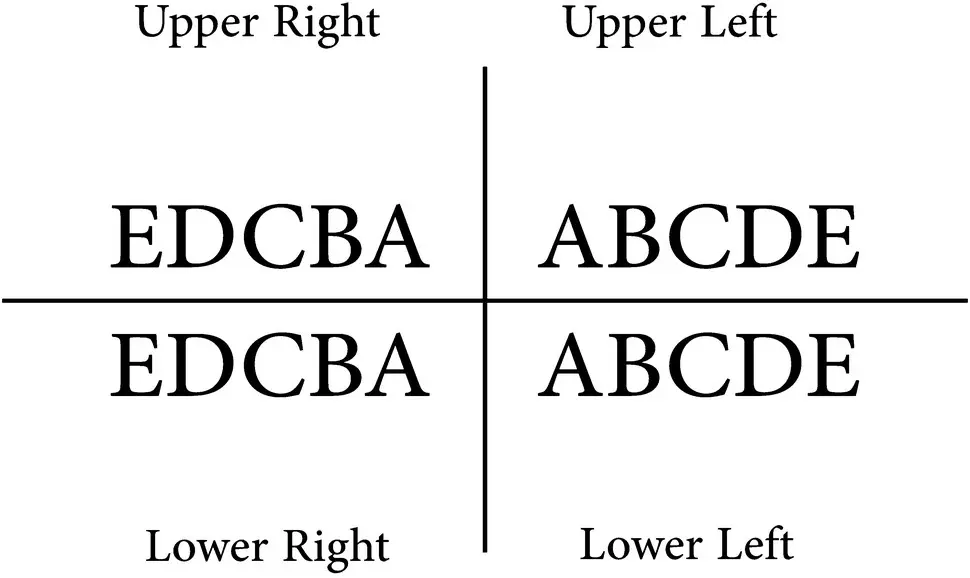
Figure 1.5 Zsigmondy Palmer notation for primary dentition.

Figure 1.6 Zsigmondy Palmer notation for permanent dentition.
A two‐digit system proposed by Fédération Dentaire Internationale (FDI): In this system, the first number indicates the quadrant and the second number indicates a particular tooth ( Figures 1.7and 1.8) [2, 3].
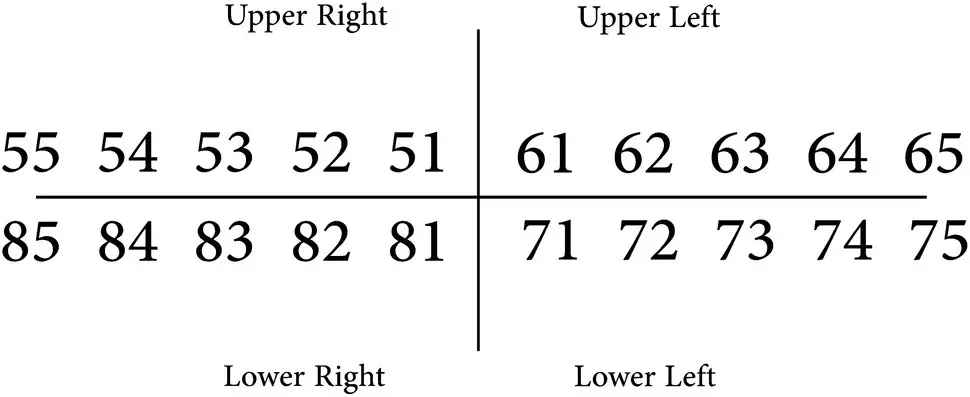
Figure 1.7 FDI system for primary dentition.

Figure 1.8 FDI system for permanent dentition.
1 1 Stanley, J.N. and Major, M.A. C. (2010). Wheeler's Dental Anatomy and Occlusion, 9e. St. Louis, MO: Saunders Elsevier.
2 2 Rickne, C.S. and Weiss, G. (2012). Woelfel's Dental Anatomy, 8e. Philadelphia: Lippincott Williams & Wilkins.
3 3 Hillson, S. (2012). Dental Anthropology. Cambridge University Press. Kindle Edition.
2 Armamentarium
LEARNING OBJECTIVE
At the end of the chapter, the student should have knowledge of the various applications of the armamentarium used for tooth carving and wax‐up technique.
Carving wax ( Figure 2.1) is used in dentistry to study and simulate dental anatomy.
Content of carving wax includes
1 Paraffin wax (55–60%)Solid hydrocarbon mixture obtained from petroleum products. The straight‐chain hydrocarbon has 26 carbon atoms.
2 Beeswax (5%)Obtained from honeycombs. Composition includes ester complex mixture, saturated and unsaturated hydrocarbons, and high molecular weight organic acid. Two types of beeswax are used: yellow beeswax and bleached beeswax.
3 Carnauba wax (25%)An exudate obtained from the pores of the leaves of the Brazilian wax palm tree (Copernicia prunifera). It is used to increase melting point and hardness of the paraffin.
4 Inorganic filler (10–15%)Most commonly used filler particles are silica and calcium bentonite. Increases hardness, linear thermal expansion, and melting point of carving wax. Filler materials are also added to increase toughness, improve accuracy, obtain smoother carving, avoid bubbles and flaking, and free models and instruments from tackiness [1, 2].
Inlay wax is used in waxing or building the anatomy of the tooth for crowns and bridge units that are formed by a casting process using lost‐wax pattern technique. It may contain 60% paraffin, 25% carnauba, 10% ceresin, and 5% beeswax. Based on their flow, inlay waxes are classified as hard, regular (medium), or soft. The flow of the inlay wax can be reduced by increasing the percentage of composition of carnauba wax or by adding a paraffin wax with a higher melting point or small amount of resin. Inlay waxes are available in various colours such as deep blue, green, or purple and in various forms such as small pellets or cones or in jars [3].
The Lecron carver is a stainless‐steel instrument used for carving tooth morphology on carving wax. It is also used for carving on inlay wax [4].
It has the following parts ( Figure 2.2):
1 The knife end
2 The spoon end/excavating end
3 The handle
4 The shank
The Knife End
Cutting Edge
The knife end has a cutting edge or blade which has a curved anterior part ( Figure 2.3a). This edge is used for carving bulk wax. This part of the cutting edge also helps in creating concavities ( Figure 2.3b) on the wax surface (eg, in creating the concave lingual or palatal outline of the anterior teeth) [5].

Figure 2.1 Rectangular wax block used for carving human dentition.

Figure 2.2 Parts of the Lecron carver.
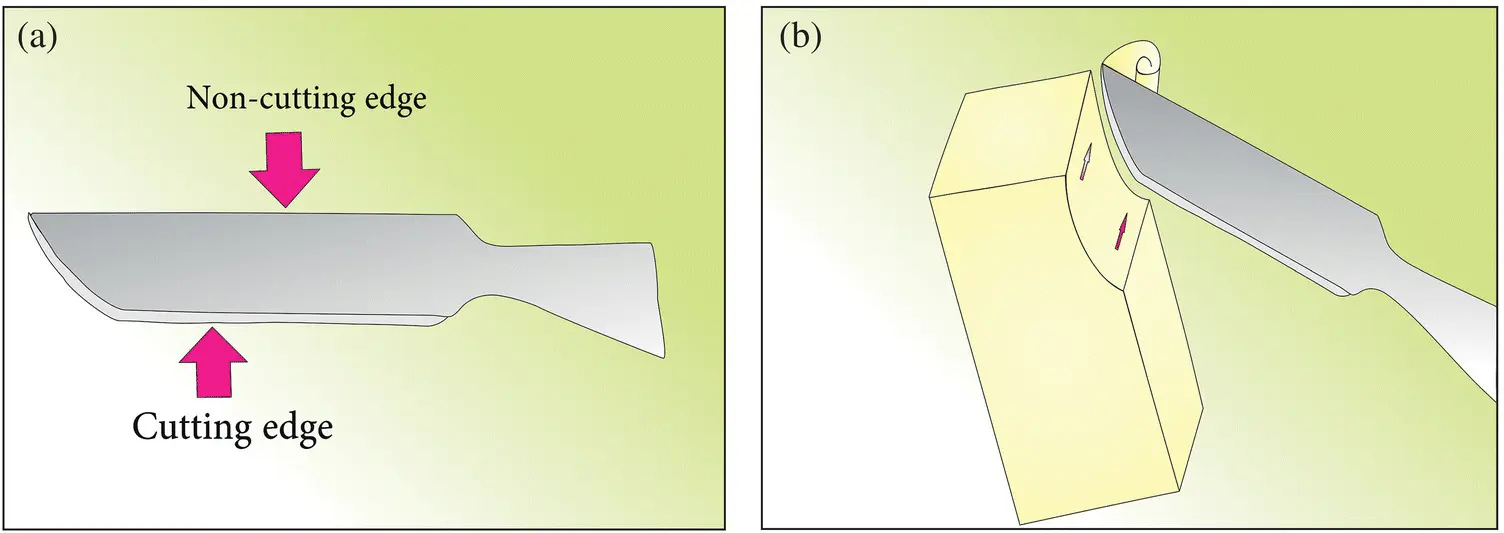
Figure 2.3 Edges of the knife end of the Lecron carver.
Читать дальше
